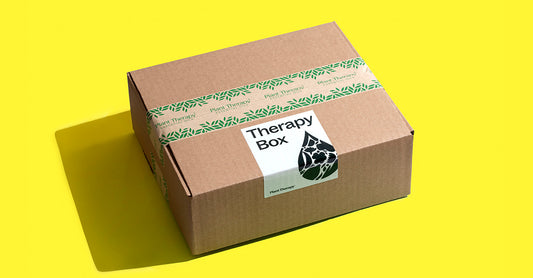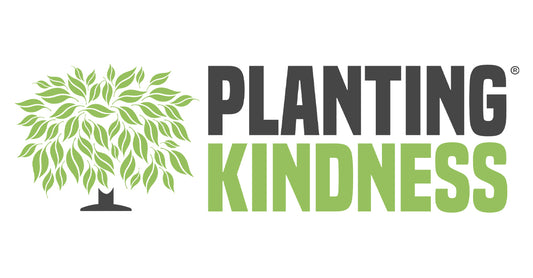The only thing more relaxing than a bath at the end of a hard day is perhaps adding a little of your favorite essential oil or essential oil blend and letting the aroma surround you. The busy thoughts dissipate, the sore, tired muscles relax and one can even momentarily drift off.
It can be wonderful or it can be miserable if essential oils are not added to the bath correctly. As aromatherapists, we have heard stories of major irritations, including to children, from something seemingly benign as citrus oils or Lavender. Usually, it is the delicate area that hits the water first, but it can be anywhere on the body.
Essential oils love fat and lipids. They are lipophilic, not hydrophilic; that is they combine well with fats, but not with water. Dry ingredients like Epsom salt are hydrophilic and dissolve well in water. Essential oils need something that will work well with both lipophilic and hydrophilic to bring them together. Milk, Epsom salt, hydrosols, or cornstarch are not advised to use to disperse the essential oils. That is where solubilizers come in.
Two popular products, Solubol and Polysorbate are solubilizers and can be very helpful in allowing essential oils to disperse in water. It helps them to mix together and thus the essential oil is able to dilute and be much safer. We recommend using a small amount of essential oils in the bath, only 2-5 drops, first mixed with the solubilizer. For children we recommend only Kidsafe oils be used. Robert Tisserand recommends a 1:1 ration for the essential oils and either the Solubol or Polysorbate.
A dry product called Natrasorb could also be used. “This is modified tapioca starch. It will absorb and carry large quantities of carrier and essential oils and is particularly useful for bath products. The starch is processed to create little ‘pockets’ to hold the oils in a solid, powder form. Once the natrasorb bath comes into contact with the water, it dissolves and releases its carrier/fragrance load safely dispersing them into the water. It will not cling or leave a film on your skin or the tub. Very easy to use. Great for including in a dry shampoo. “Use from 1 to 50%.”
You may not know it, but you actually have some products at home that contain solubilizers. They can be found in body wash, shampoo, and bubble bath. By adding 1 tbs of one of these products with your essential oils before adding to the bath water will help to emulsify. It’s best to use products without fragrance as they can throw off the PH balance and cause UTI’s. We also recommend using other bath products without fragrance or glitter.
Although carrier oils will dilute essential oils and make them safer, they will not disperse the essential oils in the water. Just as when you are making salad dressing and can see that oil and water or oil and vinegar don’t mix, essential oils or carrier oils and bath water will remain separated. It also can be a hazard as it can make the tub slippery.
Bath blend
- 2 drops Bergamot
- 2 drops Cedarwood Himalayan
- 1 drop Vetiver
- 1 tablespoon fragrance-free body wash or shampoo
- Mix ingredients together and pour under running water
By taking an extra minute to use one of these products containing emulsifiers mixed with your essential oils in your bath, you will be able to have an enjoyable and beneficial experience.
Reference:
Tisserand, Robert. “Bath Safety, how to use essential oils in the bath”.









